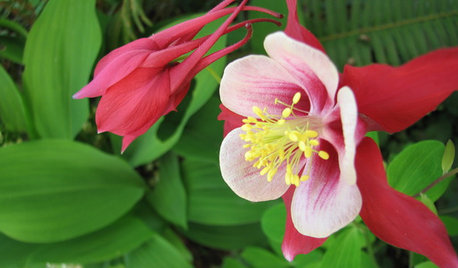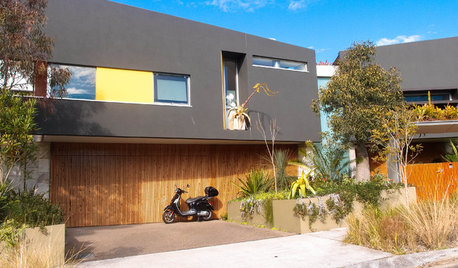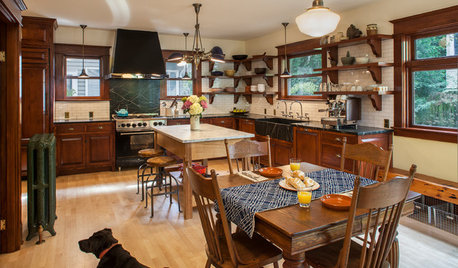do plants under grow lights need a rest period
the_man_fern
18 years ago
Related Stories

GARDENING GUIDES7 New Plants to Grow for Beautiful Foliage
Add color, structure and interest to your garden with these recently introduced plants that sport exceptional foliage
Full Story
GARDENING GUIDESGreat Design Plant: Grow Blueberries for Their Fruit and More
Eastern gardeners should consider growing blueberry plants for their delicious fruits, bee-friendly spring blooms and brilliant fall foliage
Full Story
HOUSEPLANTS10 Top Plants to Grow Indoors
Brighten a room and clean the air with a houseplant that cascades artfully, stretches toward the ceiling or looks great on a wall
Full Story
GARDENING GUIDESGrow Your Own Privacy: How to Screen With Plants and Trees
Use living walls to lower your home and garden's exposure while boosting natural beauty in your landscape
Full Story
GARDENING GUIDES8 Plants That Snobs Love to Hate — and You'll Love to Grow
Don't dismiss these common annuals, perennials and shrubs — there are reasons they've been popular for so long
Full Story
GARDENING FOR BUTTERFLIESGreat Design Plant: Columbine Grows Happily in Shade and Sun
Its ethereal beauty comes from complex forms and wide-ranging colors, but columbine’s benefits are highly attractive too
Full Story
HOUZZ TOURSMy Houzz: A Modern Sydney Home That Grows on You
A profusion of plants (including in the tub) distinguishes an otherwise minimalist home for a horticulturalist's family
Full Story
NATIVE PLANTSGreat Native Plant: Grow Wild Quinine for Its Unique Clusters of Blooms
Get connoisseur cred and unique blooms with this uncommon plant. Bonus assets: It’s low maintenance and drought tolerant
Full Story
KITCHEN DESIGNKitchen of the Week: Period Details Keep History Alive in Portland
Modern functionality and doubled square footage bring a 1910 kitchen into the present while respecting its past
Full Story
HOUSEPLANTSHow to Grow Orchids Indoors
Orchids are the exotic aristocrats of the flower world and can make themselves comfortable in almost any home
Full StoryMore Discussions






shrubs_n_bulbs
utsharpie
Related Professionals
Allentown Landscape Architects & Landscape Designers · Bedford Heights Landscape Contractors · Doctor Phillips Landscape Contractors · Fort Worth Landscape Contractors · View Park-Windsor Hills Landscape Contractors · Castle Rock Fence Contractors · Eagle Mountain Fence Contractors · New Haven Fence Contractors · Charleston Roofing & Gutters · Columbia Roofing & Gutters · Georgetown Roofing & Gutters · Marlboro Roofing & Gutters · Portland Roofing & Gutters · Tampa Roofing & Gutters · SeaTac Roofing & GuttersDanaNY
the_man_fernOriginal Author
shrubs_n_bulbs
DanaNY
the_man_fernOriginal Author
jwmeyer
maineman
jwmeyer
DanaNY
shrubs_n_bulbs
jwmeyer
johnva
noreen
oldscpmedic
jwmeyer